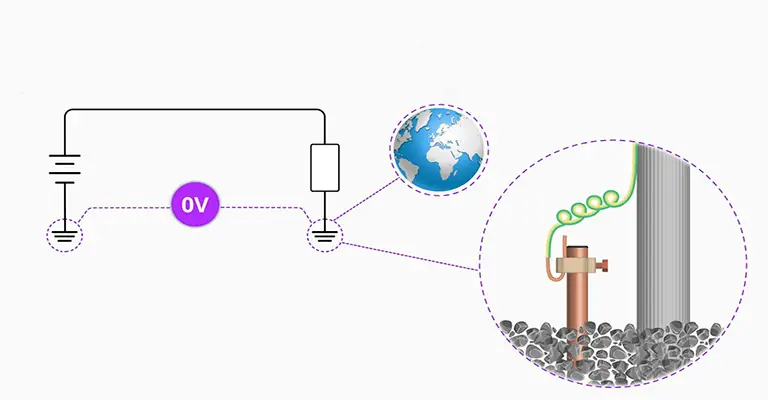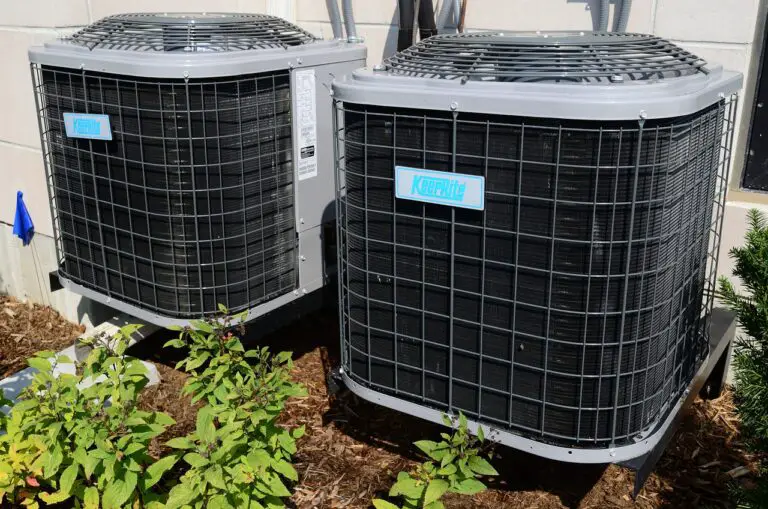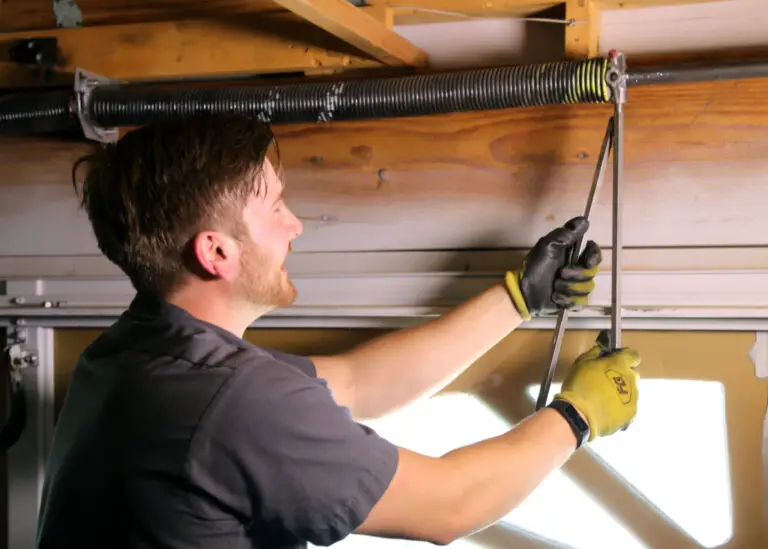How To Know If My House Wiring Is Grounded or Not
Are you having second thoughts about the grounding status of your home? Do you want to confirm if your home wiring has grounding or whether your old grounding still works? Or have you got a new home and want to know if your house wiring is grounded or not?
If you are seeking answers to these questions, you are right in doing so. It may not seem like it but grounding is among the most critical aspects of your home electrical system.
Grounding is the alternative partway (The least resistance) for current to flow back to the earth if there are any power surges, short circuits, or overloads in your house wiring system.
In reality, grounding is a physical connection between your electrical appliances and the earth itself. And its acts as an additional safety measure for any home with electrical wiring.
So how exactly can you know if your house wiring is grounded or not? That is exactly what we would explore today–so that you can take the necessary precautions to safeguard your home in the case of any power surges.
How Do I Know If My House Electrical Is Grounded?
One of the quickest first tests to know if a house is probably grounded, emphasis on the ‘probably’ is to visually check the electrical outlets in your home.
If there are three-prong outlets then you can make the first guess that your system is grounded and then proceed to test it. The three-prong outlet signifies that there is a third wire in your house wiring system, normally connected to the ground terminal buried in the earth.

If you only have two-prong outlets or there is a greater degree of two-prong outlets, then there is a higher probability that your house wiring is not grounded. Two-pronged outlets are generally not grounded because there is no third wire. Although, you still need to test for grounding.
Additionally, you can determine if an electrical appliance was designed with grounding if the appliance has a three-pronged plug.
3 Main Ways to Check for Grounding at Home
There are 3 main ways to test/check for grounding at home. we have outlined them below
- 3 prong Receptacle Tester
- Light bulb test
- Multimeter
Depending on the material you have at hand or the equipment you can access the three of them are equally accurate in determining if a house wiring is grounded or not. The grounding tests are explained in detail below.
How To Check Electrical Ground With A Lightbulb
To carry out this test you will need a 100-watt lightbulb and a fitting base socket with two wires attached to it. You can connect the wires yourself or purchase one with wires already attached to it
Peel the PVC coating off the two ends of the wire to a significant depth that is similar to that of electrodes on a plug. You can use pliers, scissors, or a razor blade to achieve this.
Then put each exposed end of the wire into the neutral and live ports of the three-prong outlet. If the outlet is working properly and if there is power in the outlet your lightbulb should turn on
You’ve just checked that your electrical is connected properly and that there is power.
Now remove both wires from their port and place one of the wires into the live port and the other into the grounding port (which is the u-shaped port on top). If the lightbulb is illuminated, then the outlet is grounded,
If the lightbulb is not illuminated then the outlet is not grounded. And if the lightbulb produces a dimmer light in comparison to the first test, then the grounding is present but faulty.
How To Check Electrical Ground with A Three-Prong Receptacle Tester
To carry out this test you will need a three-prong receptacle tester. You can get this device at your local hardware store for $5 to $10.
The device is color-coded to indicate when there is open ground (grounding present) and when there is no grounding present.
So, depending on the kind of tester your purchase the coding may differ but there will be a chart on the side with information corresponding to its color code. With that, you can always determine when there is no grounding present.
All you have to do is plug the three-prong receptacle tester into your outlet and take note of which light was illuminated. Then interpret the result with the chart provided.
How To Check Electrical Ground With A Multimeter
To carry out this test you will need a multimeter with red and black leads. A multimeter is an electrical testing device used to measure current, voltage, and resistance.
Once you have your multimeter, Switch the multimeter to the AC voltage using the buttons for a digital multimeter or turn the dial to “V” for an analog multimeter. Then choose the highest cutoff value for the voltage if they are present.
Attach the red lead to the positive port on the multimeter, the one labeled ‘V’ or ‘Ω’, and plug the black lead to the negative port on the multimeter, the one labeled ‘COM’.
Ensure there is power on the outlet first. Then connect the pointy ends of the red lead to the neutral port on the outlet and the black lead to the live port on the outlet to take a reading. Take the value of the reading down. Remove the leads from the outlet.
Now put the pointy end of the red lead into the grounding port and the black lead inside the live port. Take the value of the reading down and remove the leads from the outlet.
Compare your reading.
If the reading is equal or within the same range with a tolerance of 5 volts then your home wiring is grounded. If the reading of the second test (The one between the live and grounding port) is close to zero, then that outlet is not grounded.
How To Know If Your House Is Properly Grounded
To determine if your house is properly grounded and if grounding is present throughout your entire home wiring system you need to carry out a grounding test of your choosing on other outlets in your house.
If your house is improperly grounded, there may be outlets where the grounding is faulty or ineffective, so you need to check all the outlets in your house.
What Happens If Your House Is Not Grounded?
The greatest risk of a house that isn’t grounded is electric shock and fires when short circuits occur or when there is a power surge from overloading.
When grounding is not present, there is no alternative pathway for excess electricity to flow to the ground (The least resistant part).
Thus, electricity will be forced to go through your electrical appliances or a human being causing electric shocks. Also, using a surge protector on an underground outlet is not the best solution.
Grounding Is an Important Part of Your House Wiring System
Electric Grounding is the first insurance to protect yourself from electrical accidents in your home. It is a critical aspect of your home electrical system, one that should not be ignored. Now you no longer have to ask yourself if your house wiring is grounded or not. You can rest in the certainty that your house’s electrical system is grounded and that you are in a much safer space. You are fit to weather any electrical surges or voltage overloads.
However, if you figure out that your house wiring is not grounded or the grounding is faulty you can take the necessary steps to get it grounded as soon as possible. call the closest electrician to you to ground your entire wiring system. With that action, you will increase the safety levels of your home and increase the lifespan of all your electrical appliances as well.






